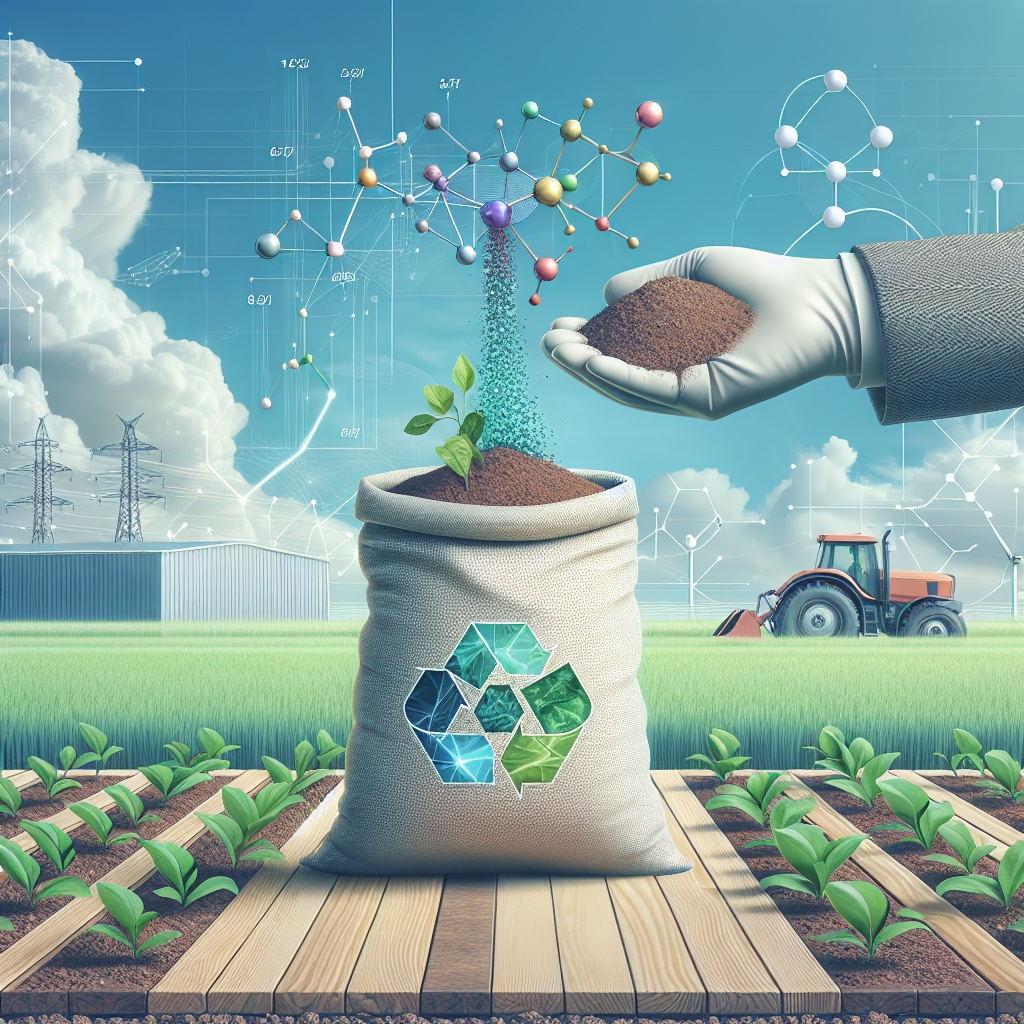Rare Earth Elements (REEs) have gained significant attention in recent years due to their unique properties and applications across various industries. While they are often associated with high-tech electronics and renewable energy technologies, their role in agriculture, particularly as fertilizer additives, is an emerging area of interest. This article explores the significance of rare earth elements in agriculture, their benefits as fertilizer additives, and the challenges and future prospects of their use in enhancing crop productivity and sustainability.
Chapter 1: Understanding Rare Earth Elements
Rare Earth Elements are a group of 17 chemical elements that include the 15 lanthanides, along with scandium and yttrium. These elements are not actually rare in terms of abundance in the Earth’s crust; rather, they are rarely found in economically exploitable concentrations. The unique electronic, optical, and magnetic properties of REEs make them invaluable in various applications, including electronics, catalysts, and, increasingly, agriculture.
REEs are categorized into two groups: light rare earth elements (LREEs) and heavy rare earth elements (HREEs). LREEs include elements such as lanthanum, cerium, and neodymium, while HREEs consist of elements like dysprosium, erbium, and yttrium. The distinction between these two groups is important, as their availability and extraction processes differ significantly.
In agriculture, REEs are being investigated for their potential to enhance soil fertility and improve plant growth. Their role as micronutrients is particularly noteworthy, as they can influence various physiological processes in plants, including photosynthesis, nutrient uptake, and stress resistance. Understanding the specific functions and mechanisms of REEs in plant biology is crucial for harnessing their potential in agricultural practices.
Chapter 2: Benefits of Rare Earth Elements as Fertilizer Additives
The incorporation of rare earth elements into fertilizers has shown promising results in enhancing crop productivity and soil health. Several studies have demonstrated the positive effects of REEs on plant growth, nutrient absorption, and overall yield. Here are some of the key benefits of using REEs as fertilizer additives:
- Enhanced Nutrient Uptake: REEs can improve the efficiency of nutrient uptake in plants. They facilitate the movement of essential nutrients, such as nitrogen, phosphorus, and potassium, within the plant, leading to better growth and development.
- Improved Soil Structure: The application of REEs can enhance soil structure and fertility. They promote the formation of soil aggregates, which improves aeration, water retention, and microbial activity, all of which are vital for healthy plant growth.
- Stress Resistance: REEs have been shown to enhance plants’ resistance to abiotic stresses, such as drought, salinity, and heavy metal toxicity. This is particularly important in the context of climate change, where crops are increasingly exposed to adverse environmental conditions.
- Increased Yield: Numerous field trials have reported increased crop yields when REEs are applied as fertilizer additives. This is attributed to their role in promoting better nutrient utilization and enhancing overall plant health.
- Environmental Sustainability: The use of REEs in agriculture can contribute to more sustainable farming practices. By improving nutrient efficiency and reducing the need for chemical fertilizers, REEs can help minimize the environmental impact of agriculture.
Despite these benefits, the application of REEs in agriculture is still in its infancy, and further research is needed to fully understand their mechanisms of action and optimal application rates. Additionally, the long-term effects of REE application on soil health and ecosystem balance must be carefully evaluated to ensure sustainable practices.
Chapter 3: Challenges and Future Prospects
While the potential benefits of rare earth elements in agriculture are promising, several challenges must be addressed to facilitate their widespread adoption as fertilizer additives. These challenges include:
- Availability and Cost: The extraction and processing of REEs can be costly and environmentally damaging. The availability of these elements is also a concern, as they are primarily sourced from a limited number of countries. This raises questions about the sustainability and economic viability of using REEs in agriculture.
- Regulatory Framework: The use of REEs in fertilizers is subject to regulatory scrutiny. Establishing clear guidelines and safety standards for their application is essential to ensure that they do not pose risks to human health or the environment.
- Public Perception: There is often a lack of awareness and understanding of the role of REEs in agriculture among farmers and consumers. Education and outreach efforts are necessary to promote the benefits and safe use of these elements in farming practices.
- Research Gaps: More research is needed to explore the specific effects of different REEs on various crops and soil types. Understanding the optimal application rates, timing, and methods of incorporation into fertilizers will be crucial for maximizing their benefits.
Looking ahead, the future of rare earth elements in agriculture appears promising. As the demand for sustainable farming practices continues to grow, the role of REEs as fertilizer additives may become increasingly important. Ongoing research and innovation in this field will be essential to unlock the full potential of these elements in enhancing agricultural productivity and sustainability.
In conclusion, rare earth elements hold significant promise as fertilizer additives in agriculture. Their unique properties can enhance nutrient uptake, improve soil health, and increase crop yields, contributing to more sustainable farming practices. However, addressing the challenges associated with their use will be crucial for realizing their full potential in the agricultural sector. With continued research and development, REEs may play a vital role in shaping the future of agriculture, ensuring food security, and promoting environmental sustainability.

